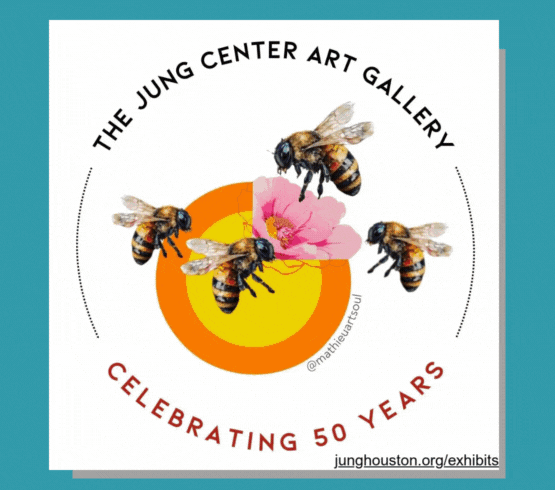The distinctions between what’s real and what’s virtual are growing fuzzier with each new day, not to mention each new tech gadget. Renowned artist Sarah Sze, whom The Guardian dubbed “the perfect artist for the age of information overload,” mirrors this dizzying cultural moment with site-specific and site-responsive architectural installations in which dimensions collapse amid a proliferation of images and objects.
For example, last year her installation Timelapse at the Solomon R. Guggenheim Museum turned the iconic building into a timekeeper, incorporating a pendulum, a live-feed projection of the moon, and streams of images, among other reminders of how the unfolding of time can be represented. Her project The Waiting Room, created for Artangel in an abandoned waiting room at Peckham Rye Station in London, included Metronome, a scaffolded structure supporting a spherical arrangement of images, illuminated by digital video projections. The work has been described as akin to an exploding smartphone. And Fallen Sky, a permanent sculpture on the grounds of the Storm King Art Center (Orange County, NY), disrupts spatial boundaries by embedding itself in the landscape and reflecting the sky; inside, painting and collage merge in an immersive sensory panorama.
But exactly what do these intimate systems look like? How do they take shape?
Chief Curator of the Sculpture Center Jed Morse says that, with Cave Painting, Slow Dance, and Love Song, visitors can expect an “immersive experience” of Sze’s work, “the sense of wading into a river of images and objects, and being subsumed within them.”
Morse also explains that these three works showcase Sze’s now signature exploration of the “tension between two-dimensional images and three-dimensional objects, the way objects can feel at once as if they are in the midst of being constructed or in the middle of coming apart.”

1 ⁄8
Sarah Sze (American, born 1969)
Images that Images Beget (detail), 2023 © Sarah Sze

2 ⁄8
Sarah Sze (American, born 1969)
Times Zero, 2023
Installation view, Sarah Sze: Timelapse, Solomon R. Guggenheim Museum, 2023. © Sarah Sze

3 ⁄8
Sarah Sze (American, born 1969)
Pictures at an Exhibition, 2023
© Sarah Sze.

4 ⁄8
Sarah Sze, Cave Painting, 2024; Installation view of Sarah Sze, Nasher Sculpture Center, February 3-August 18, 2024. Inkjet prints on paper mounted on tyvek, string, clamps, aluminum, and mixed media, dimensions variable, courtesy of the artist. © Sarah Sze; Photo by Kevin Todora. Courtesy of the Nasher Sculpture Center

5 ⁄8
Sarah Sze, Love Song, 2024; Installation view of Sarah Sze, Nasher Sculpture Center, February 3-August 18, 2024. Inkjet prints on paper, steel & aluminum wire, clamps, plywood, turntable, tripod, mixed media, and video projection, dimensions variable, courtesy of the artist. © Sarah Sze; Photo by Kevin Todora. Courtesy of the Nasher Sculpture Center

6 ⁄8
Paper, string, aluminum, mixed media, video projection, and sound, dimensions variable, courtesy of the artist. © Sarah Sze; Photo by Kevin Todora. Courtesy of the Nasher Sculpture Center

7 ⁄8

8 ⁄8
Sarah Sze (American, born 1969)
Times Zero (detail), 2023
© Sarah Sze
For Slow Dance, says Morse, “Sze incorporates projected images, plus sound and video, that play across the architecture and sculpted planes of over 700 pieces of hand-torn paper. [Love Song] is an installation of objects and video with images and shadows that play against the walls and the glass front of that gallery.”
Here again are installations that utilize torn paper, everyday items, and digital and analogue images. Slow Dance flickers in a dark room with screenshot-like images of wildlife, fire, sunsets, birds in flight, and more. Love Song comprises an aluminum tree that envelopes a tangle of audio visual equipment. Shadowy, circular video projections of natural environments and their inhabitants cover the gallery walls.
Sze’s artworks feel like a download and upload of information simultaneously, mirroring our ability to look at one thing and, in our mind’s eye, to think about or remember something else, all while sensing, participating in, and responding to the surrounding environment. These generative, dynamic sculptures both mark and defy time while making meaning in the process, heavily informed by the contexts and surroundings in which they—and we—reside.
“For Sarah, it’s always the human experience of the space,” according to Morse. “We can look at architecture aesthetically or conceptually, but ultimately architecture is made for us to inhabit.”
—NANCY ZASTUDIL





